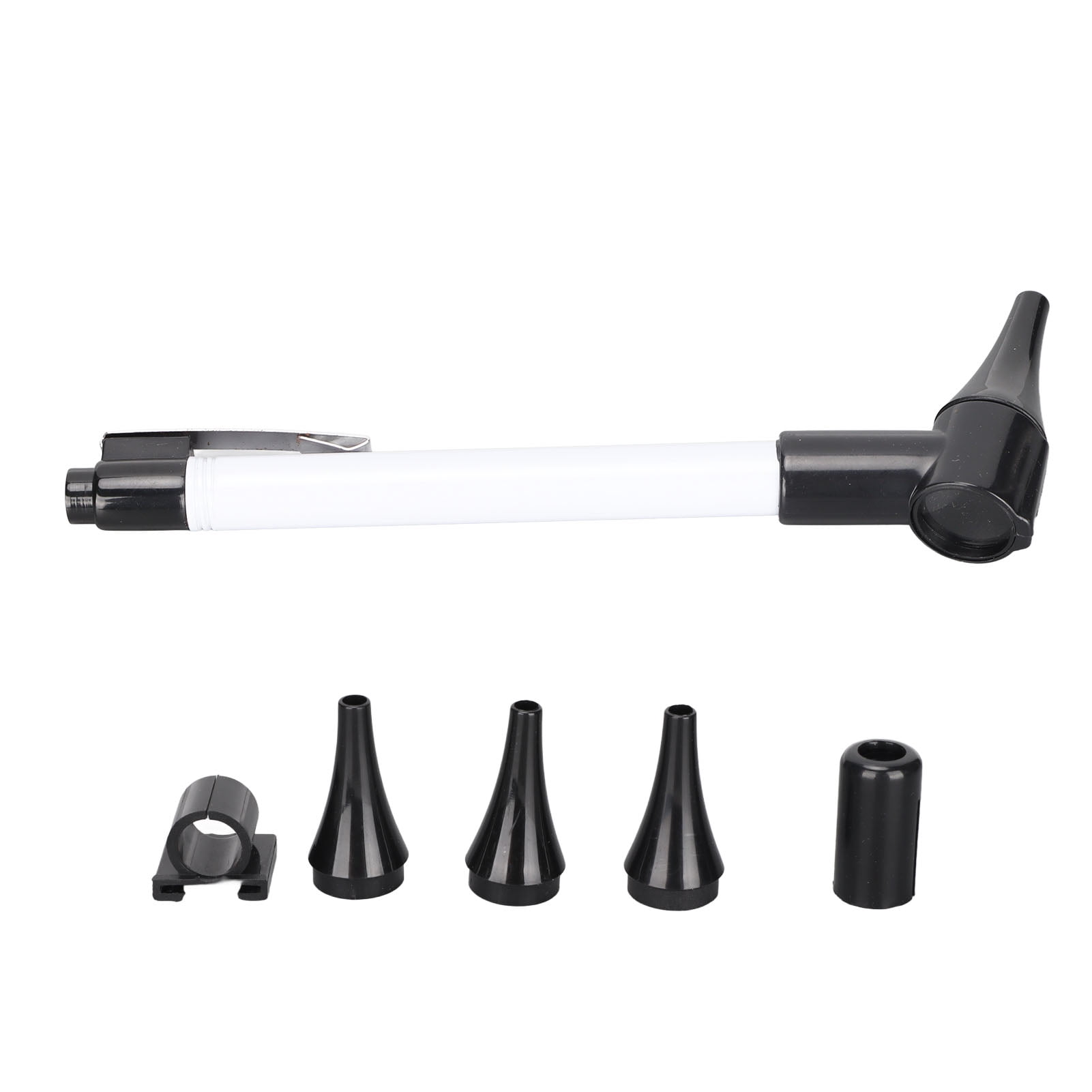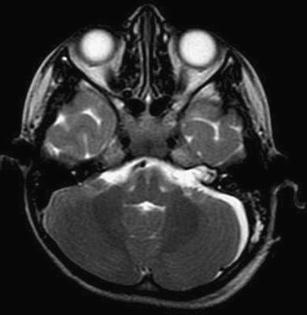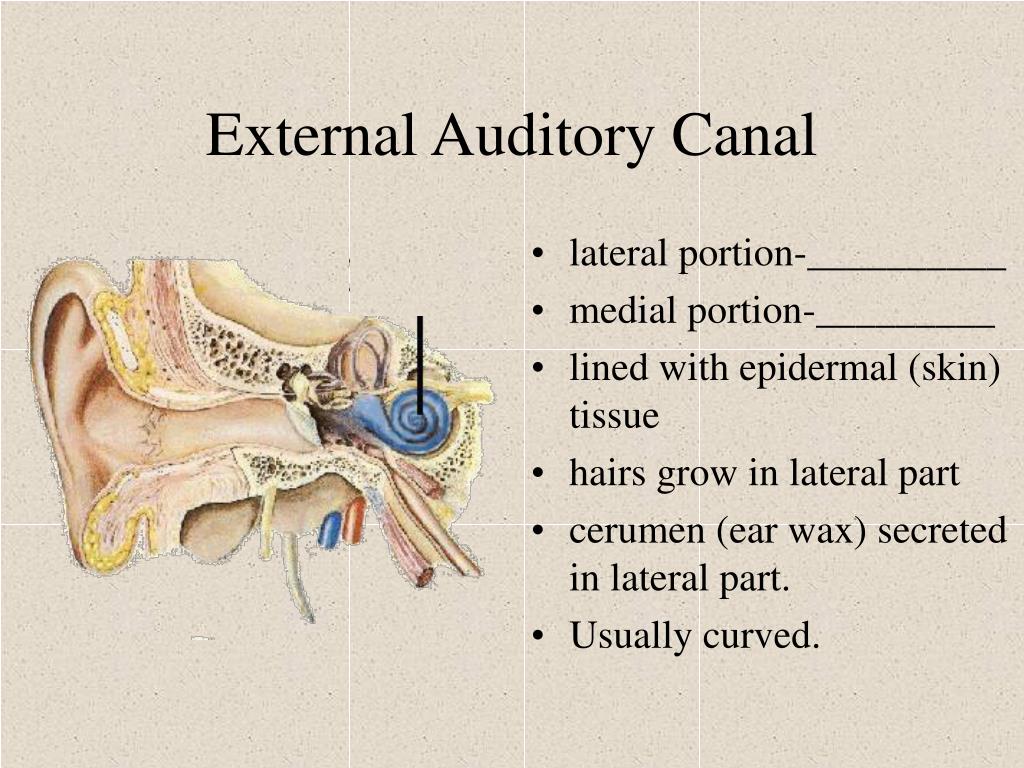
Several specializations make human hair cells responsive to various forms of mechanical stimulation. In higher vertebrates the internal fluid of the inner ear (not external fluid as in fish) bathes the hair cells, but these cells still sense movements in the surrounding fluid. The hair cell first appeared in fish as part of a long, thin array along the side of the body, sensing movements in the water. Words I use to describe what's going on, the veryįact that the back and forth movement of the air can beĬonverted into this amazing experience we call sound, is truly unfathomable and beyond words.The key structure in the vertebrate auditory and vestibular systems is the hair cell. And the cochlea converts theīack and forth vibrations of the particles into electrical signals and sends it to our brain. Of the middle ear amplify this sound waves. The outer ear collects the sound waves through the pinna. Or hear the different notes of this music. And so you can understandĭifferent letters or words. And as a result your brainĬan differentiate the tiniest differences in the sound. Whether it is highįrequency or low frequency. How loud the sound is or how feeble the sound is. The electrical impulses that they generate are super sensitive to And the cells of your cochlea are amazing. Go through the auditory nerves all the way to your brain. Specialized cells in the cochlea, that convert these vibrations And when the stirrup hits our cochlea, this liquid starts vibrating. Even today, there areĬertain things about it we just don't know. And that's exactly what the cochlea does. Nothing gets heard until these vibrations areĬonverted to electricity and sent to our brain. What does it do? Well all those theseīones have already started dancing to the music, The part that is involved in hearing is this snail like structure. Our balance when walking or dancing or whatever we do. Top part of this structure consists of three semi-circular rings. And you might know when youĬoncentrate force in a very tiny area, you increase its' pressure. Transferred from the ear drum to the stapes it getsĬoncentrated in a very tiny area. It has such a small areaĬompared to that of the ear drum.

But how do they do that? Well, just take a look at That our ossicles increase the pressure of the And so to set this liquid in vibration, the pressure has to be high enough. Pretty difficult to do that inside water.

Which is why it is very easyįor you to swing your arms in the air but it is And you might already know that vibrating or moving particles of liquid is much harder Increase the pressure of the sound wave? Because as we will see, the Increase or amplify the pressure of the sound waves when Transporting the vibrationsįrom the ear drums to the inner ear. All right, so after the earĭrum vibrates you can see the ossicles also start vibrating. Rest your feet when you are riding your horse. They also commonly called as the hammer, the anvil, and the stirrup. And they're together theĪre called the ossicles. Of the three tiniest bones of the human body. And as you can, the ear drumĪlso separates the outer ear from the middle ear. Membrane which is super sensitive to the vibrations of the ear. Through the auditory canal and eventually meet the ear drum. Much sound waves as possible and channel it into the auditory canal. So our ear can beĭivided into three parts: the outer ear, the middleĮar, and the inner ear. (classical music) So let's look at how theĭifferent parts of the ear work together to make us experience sound. But how does something asīoring as air molecules going back and forth make usĮxperience something like this? (classical music) Well, for that we need to Molecules close to your ears start vibrating, we hear sound. Molecules close to them and so on and so forth. You see all your speakersĪre doing right now is vibrating the particles

Speakers are creating sound and your ears are listening to it. Listening to this music right now? (classical music) Well you might know that your


 0 kommentar(er)
0 kommentar(er)
